
The changing restrictions of our new coronavirus ‘normal’ makes it an ideal time to reflect on how picturebooks can help us not only to establish, embed and revise rules and routines in our setting but also to ensure that children understand the reasoning behind them.
WITH GOOD REASON
In a 2013 paper exploring ‘the fundamental relatedness of picturebooks to the cognitive development of children’, researchers Bettina Kümmerling-Meibauer and Jörg Meibauer describe storytime as a process that ‘stimulates minidialogues between children and adults, thus improving and extending children’s conversational and narrative skills’.
For very young children entering new settings beyond the home for the first time, making friends, learning to respond to new rules and routines, and responding to new, pro-social modes of behaviour and communication, can be a bewildering and confusing situation. Providing space to talk about, think through, question and understand the reasons why we need to behave in new, strange ways and follow shared rules is an important way to ease the transition from home to early years setting or Reception classrooms.
Books such as The Day You Begin by Jacqueline Woodson and All Are Welcomeby Alexandra Penfold provide beautiful resources for welcoming children into a new setting, as do Starting School by Janet and Allen Ahlberg, Lauren Child’s I Am Too Absolutely Small for Schooland Emma Chichester Clark’s Come to School Too, Blue Kangaroo!.
Embedding rules and routines, while often helpfully mirrored in these texts, needs follow-up discussion for children to understand the reasons for the new expectations of them in becoming a member of an early years setting.
Reading and reflecting
Picturebooks don’t need explicitly to be about learning rules to model good behaviour, or to reflect tricky situations: one of the joys of familiarity with a well-stocked picturebook library is the sense of always having the perfect resource to hand to facilitate a discussion for any scenario.
For example, I have always found Marcus Pfister’s The Rainbow Fishto be a tricky – yet rewardingly complex – story, whose fittingly complicated morals of sharing and making oneself fit in I’ve never quite been able to sign up to. It provides a useful lesson, however, in boundary-setting, and the concept of negotiation (or, in perhaps a more helpful reflection, recognising others’ wants and needs, turn-taking and being willing to compromise).
Reading and reflecting on The Rainbow Fishcould provide a richer discussion on managing new communities of peers for children than some of the more explicit welcome-to-school texts listed above, and can be revisited at any time throughout the year for children to work through feelings arising from (the often new-found!) need to share, take turns and work through arguments and difficulties within a community.
I have also found children’s responses to the story endlessly interesting, as they provide perspectives and readings of the story different from my own.
Making connections
In an article for the International Literary Association on how picturebooks can be used in the classroom to participate in discussions about ‘restorative justice’ (in which all parties in a conflict are brought together to reflect on them collaboratively), researchers Jessica Koltz and Sara Kersten-Parrish describe how ‘discussion of injustice at an early age can help reduce student behaviour problems later in life’.
They note, ‘Integrating picturebooks into the classroom to support a [restorative justice] framework can serve as a great support for student voice and responsibility. Educators can encourage supportive connections with students by using stories that incorporate characters showing collaboration and empathy.’
Using picturebooks to re-establish important classroom principles, like those of turn-taking, celebrating others’ achievements and respecting difference – which can all be drawn out from the themes of Pfister’s The Rainbow Fish – can provide a safe, detached space for talking through problems with both individuals and groups as and when they arise.
Removing discussion from the personal to the conceptual via a picturebook sensitively chosen to reflect whichever nursery rule needs revisiting creates space for children to think through why they are being asked to behave in certain ways, and to see different behaviours (both positive and negative) modelled through story characters with whom they can empathise and identify.
DEVELOPING ROUTINES
Sharing stories, and providing a space for reflection and discussion tailored to start conversations specifically related to problems or issues that have arisen that day, offer too a lesson in routine and pro-social communication.
Kümmerling-Meibauer and Meibauer note, ‘The encounter with early-concept books entices the child to learn the basic “rules of book behaviour”, including sitting still, turning the pages, looking, and pointing at the pictures. In addition, children are introduced to sequentiality.’
The routine of daily storytime, in addition to the learning embedded in specific texts and their subsequent discussion, is in and of itself a rewarding exercise in learning rules, benefiting from their practice, and becoming more skilled both as an individual and as part of a reading community through a comforting, reliable and enjoyable routine.
A rule book of our own
With Government coronavirus rules constantly changing, perhaps you could produce your own picturebook in partnership with your young learners.
Take photographs or collect children’s artwork illustrating rules and routines in your own setting for inclusion in a picturebook that you can share and make available for independent engagement.
A ‘book’ can be as simple as folded A3 sugar paper fixed with treasury tags, so pages can be added or removed as new situations arise or require. Sharing the process of ‘authoring’ with the children in your setting can provide them with a sense of voice and agency in contributing to the healthiness and happiness of your shared setting, and encourage participation in an understanding of the importance of routines enshrined in a special, collaborative picturebook.
Creating a picturebook of routines could help children appreciate the ongoing importance of following rules and routines in our new normal, in the setting and beyond.
BOOKS FOR BEDTIME
The routine perhaps most closely associated with sharing a picturebook is that of the bedtime story. The calming alternative to computer games or videos, picturebooks remain the perfect resource for children to reflect on their day, and prepare for sleep and the day ahead. They are ideal, too, before naptime in nursery, where a shared ‘winding down’ routine can be even more important than at home.
Classic bedtime books
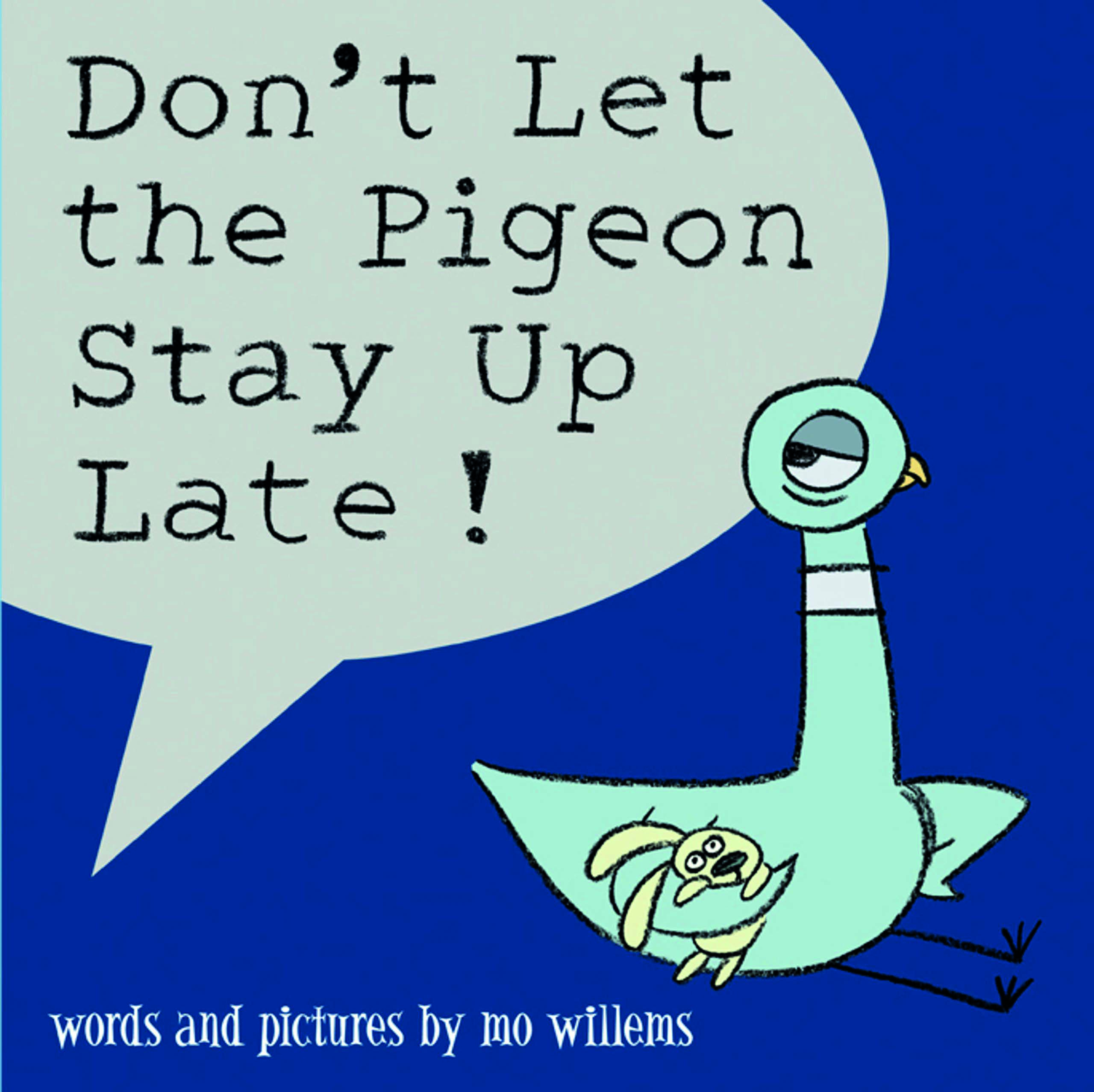 Don’t Let the Pigeon Stay Up Late by Mo Willems – The pigeon is wide awake and in the mood for a hot-dog party!
Don’t Let the Pigeon Stay Up Late by Mo Willems – The pigeon is wide awake and in the mood for a hot-dog party!
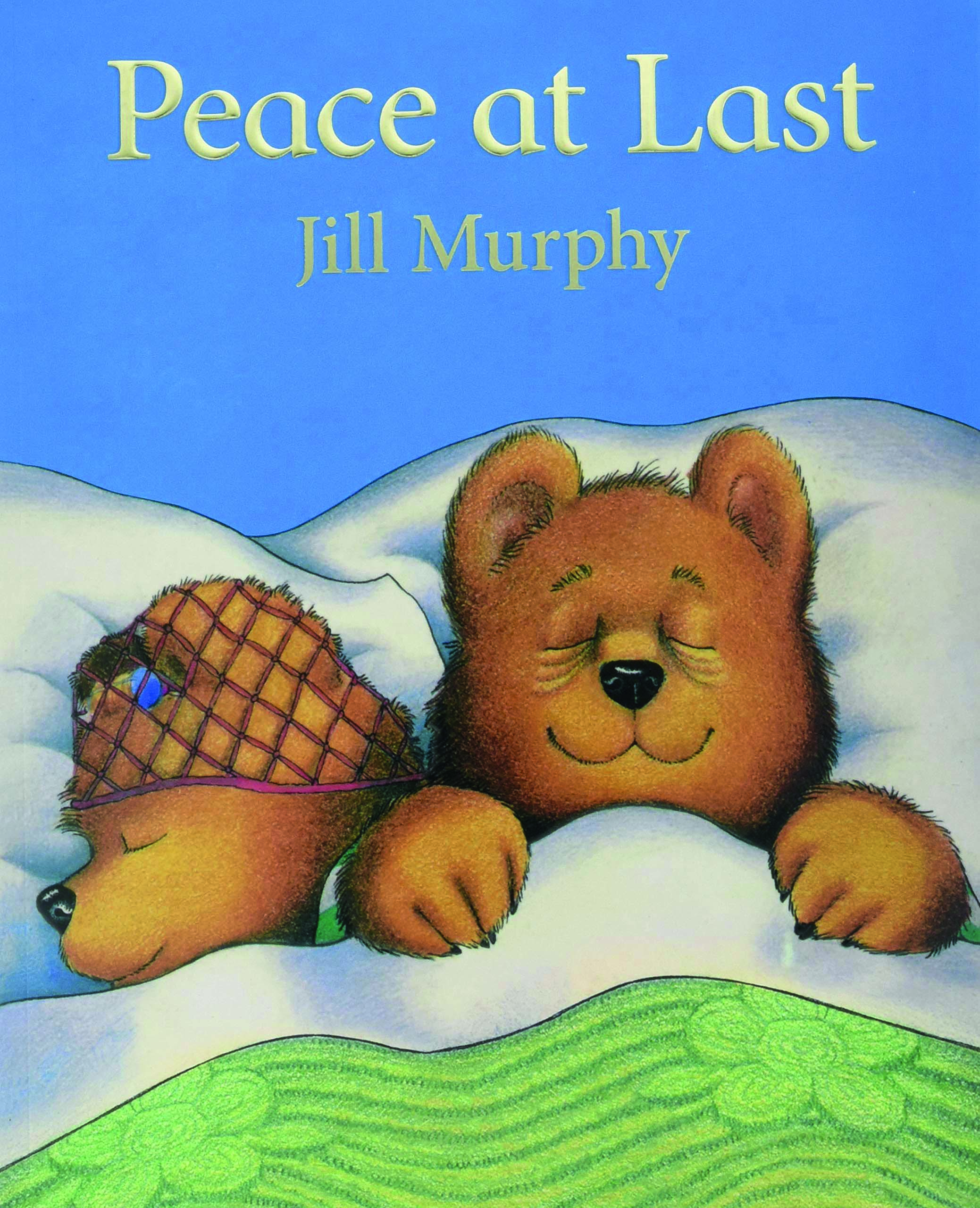 Peace at Last by Jill Murphy – With a house full of noises, will Mr Bear ever get to sleep?
Peace at Last by Jill Murphy – With a house full of noises, will Mr Bear ever get to sleep?
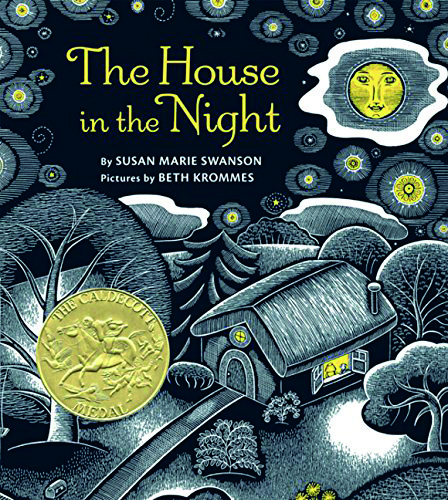 The House in the Night by Susan Marie Swanson, illustrated by Beth Krommes – A reassuring and beautifully illustrated circular story exploring sources of light within the calm of night.
The House in the Night by Susan Marie Swanson, illustrated by Beth Krommes – A reassuring and beautifully illustrated circular story exploring sources of light within the calm of night.
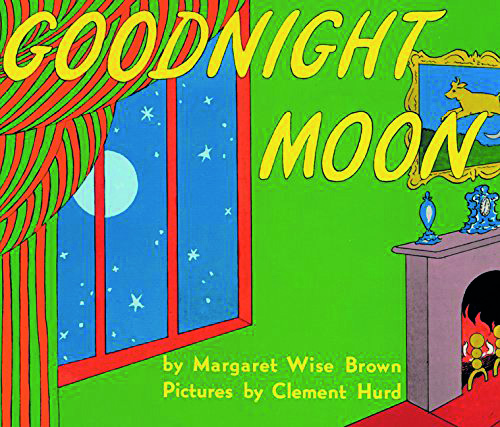 Goodnight Moon by Margaret Wise – Describing and saying goodnight to all the things in a little rabbit’s bedroom.
Goodnight Moon by Margaret Wise – Describing and saying goodnight to all the things in a little rabbit’s bedroom.
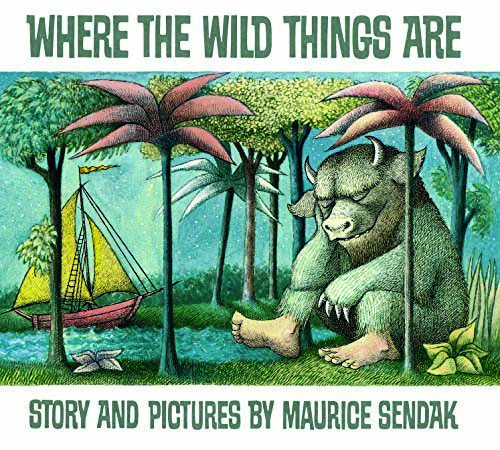 Where the Wild Things Are by Maurice Sendak – Max’s night-time adventure.
Where the Wild Things Are by Maurice Sendak – Max’s night-time adventure.
10 picturebooks for respecting rules, and the rules of respect
The Pigeon HAS to Go to School by Mo Willems – Pigeon is asking a lot of questions as he’s scared about starting school.
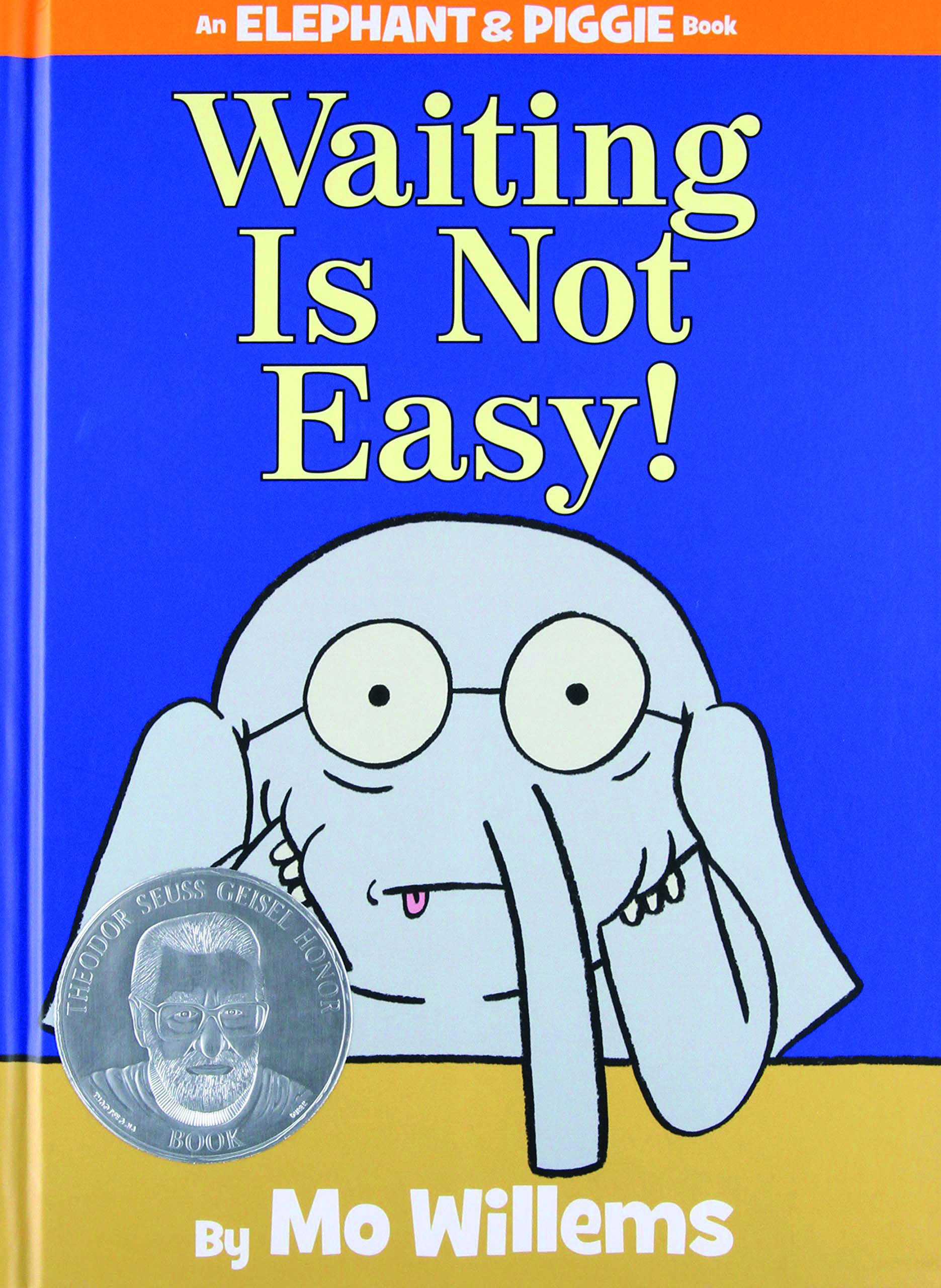 Waiting is Not Easy! by Mo Willems – Piggie has a surprise for elephant Gerald, but he has to wait and wait and wait for it.
Waiting is Not Easy! by Mo Willems – Piggie has a surprise for elephant Gerald, but he has to wait and wait and wait for it.
David Goes to School by David Shannon – David struggles with all of the things you are not supposed to do at school.
We Don’t Eat Our Classmates by Ryan T Higgins – Penelope Rex finds it hard to make human friends when they’re so delicious – she finds she may not be top of the food chain…
Pink is for Boys by Robb Pearlman, illustrated by Eda Kaban – A group of boys and girls express themselves in every colour of the rainbow and follow their interests, from racing cars to unicorns.
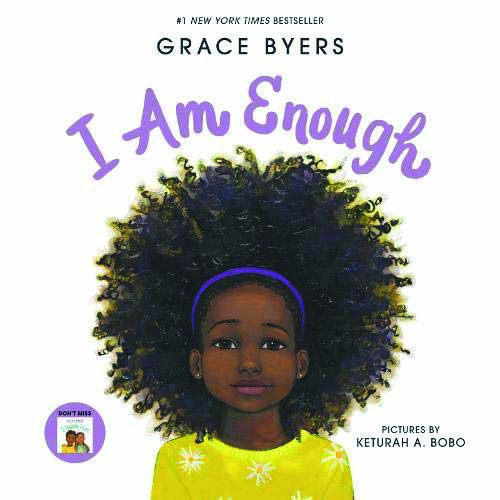 I Am Enough by Grace Byers – A lyrical ode to loving who you are and respecting others.
I Am Enough by Grace Byers – A lyrical ode to loving who you are and respecting others.
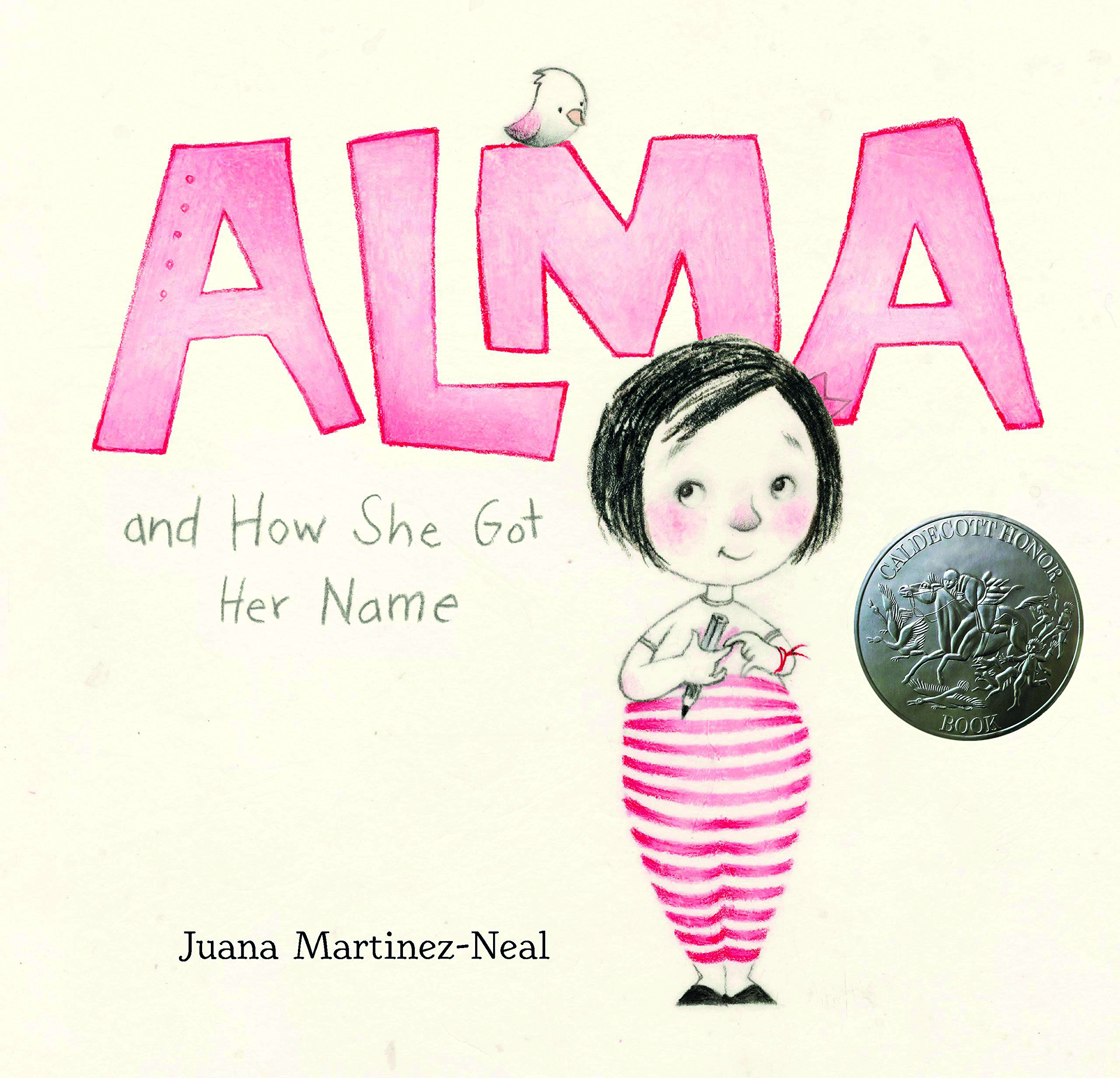 Alma and How She Got Her Name by Juana Martinez-Neal – Alma learns about all the people she is named after and realises that she will one day have her own story to tell.
Alma and How She Got Her Name by Juana Martinez-Neal – Alma learns about all the people she is named after and realises that she will one day have her own story to tell.
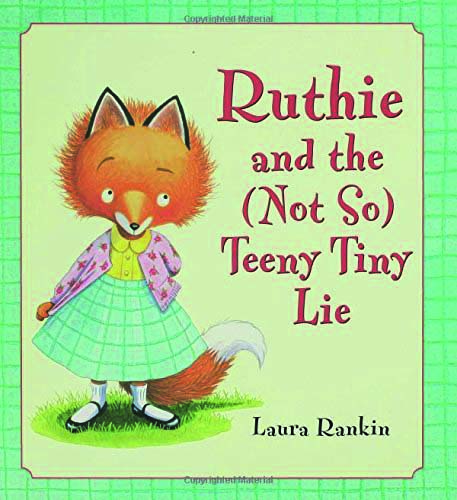 Ruthie and the (Not So) Teeny Tiny Lie by Laura Rankin – Ruthie swears that a camera she has found is hers, but her lie weighs on her conscience.
Ruthie and the (Not So) Teeny Tiny Lie by Laura Rankin – Ruthie swears that a camera she has found is hers, but her lie weighs on her conscience.
You Get What You Get by Julie Gassman – Melvin throws a tantrum every time he doesn’t get what he wants. Time to learn how to deal with disappointment.
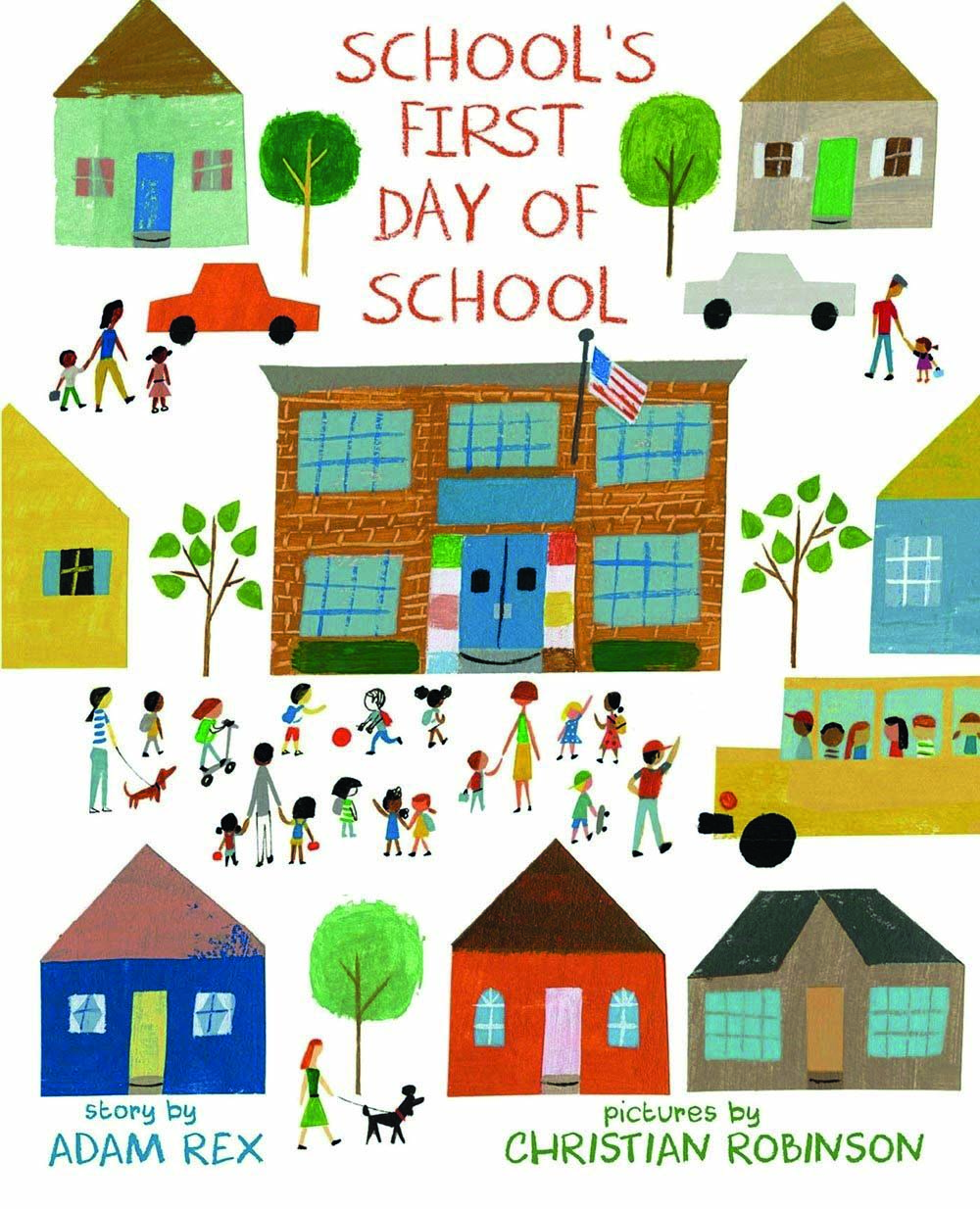 School’s First Day of School by Adam Rex, illustrated by Christian Robinson – Everyone’s nervous on the first day of school, especially the school itself.
School’s First Day of School by Adam Rex, illustrated by Christian Robinson – Everyone’s nervous on the first day of school, especially the school itself.
FURTHER READING
Learning from Picturebooks: Perspectives from child development and literacy studies, edited by Bettina Kümmerling-Meibauer, Jörg Meibauer, Kerstin Nachtigäller and Katharina J Rohlfing









